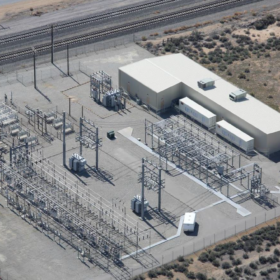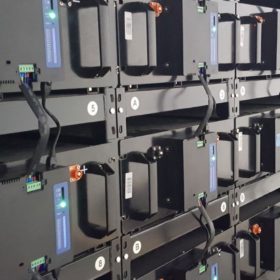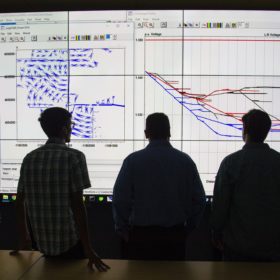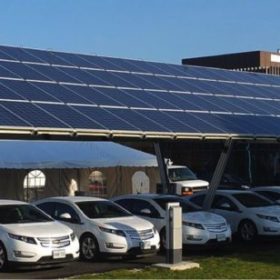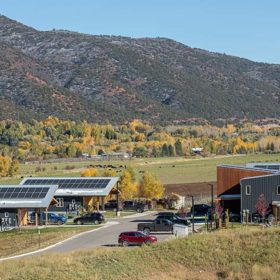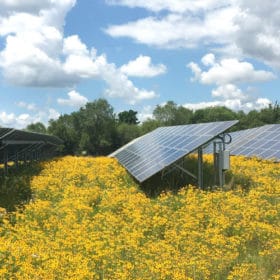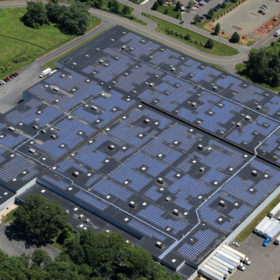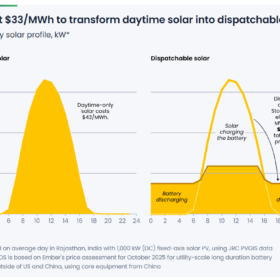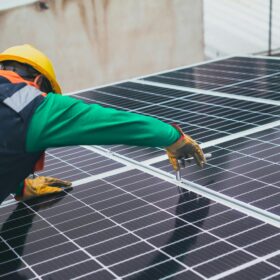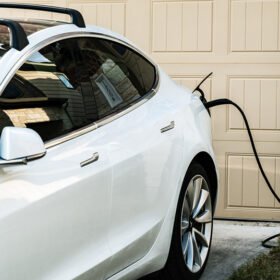Sunrise brief: Global energy storage market set to hit 1 TWh by 2030, BNEF says
Also on the rise: Rooftop solar fires are a real and growing risk, A-SMACC says it could refile anti-dumping tariff petitions, and five New England colleges now are powered by solar under a novel PPA arrangement.
The energy storage decade has arrived, BNEF says
Falling battery costs and “surging” renewables penetration make energy storage a “compelling flexible resource in many power systems.”
Costs for all types of PV systems continue to fall, NREL benchmark report says
In a change from previous years’ reports, however, balance of systems costs have increased or remained flat across sectors in 2021.
Solar-covered parking lots could offer multiple benefits
Researchers from Yale found that parking lots across Connecticut could host 7 GW of solar capacity and produce 9,000 GWh of electricity in their first year of operation.
NREL to evaluate AI energy management system for solar microgrid
A mountain home community in Colorado will connect to the cloud based “foresee” platform, which will autonomously control an internet-of-things comprised of solar PV, heating, EV charging, water heating, AC, and more.
A deep dive into Lazard’s LCOE report
The report raised concerns over future pricing stability and product availability as demand for battery products increases.
How PV performs close to radio, TV antennas
Researchers in Kenya have analyzed the performance of an off-grid PV system located near an isotropic antenna as an emitting source.
Long-duration thermal storage system based on silica sand
Developed by Italian dry bottom ash handling system provider Magaldi Power, the system produces green thermal energy — steam or hot air — which can be used directly in industrial plants or for the generation of electricity using steam turbines.
Which crops pair well with solar? Illinois study aims to find out
Rapidly falling price of solar panels has created an impetus for the construction of solar fields, which is often perceived as competing with crop production.
Sunrise brief: 50-year solar? Here’s how the numbers may work
Also on the rise: NREL points to energy efficiency as a good substitute for energy storage, and a salary survey finds a widening pay gap between women and men in the solar sector.
